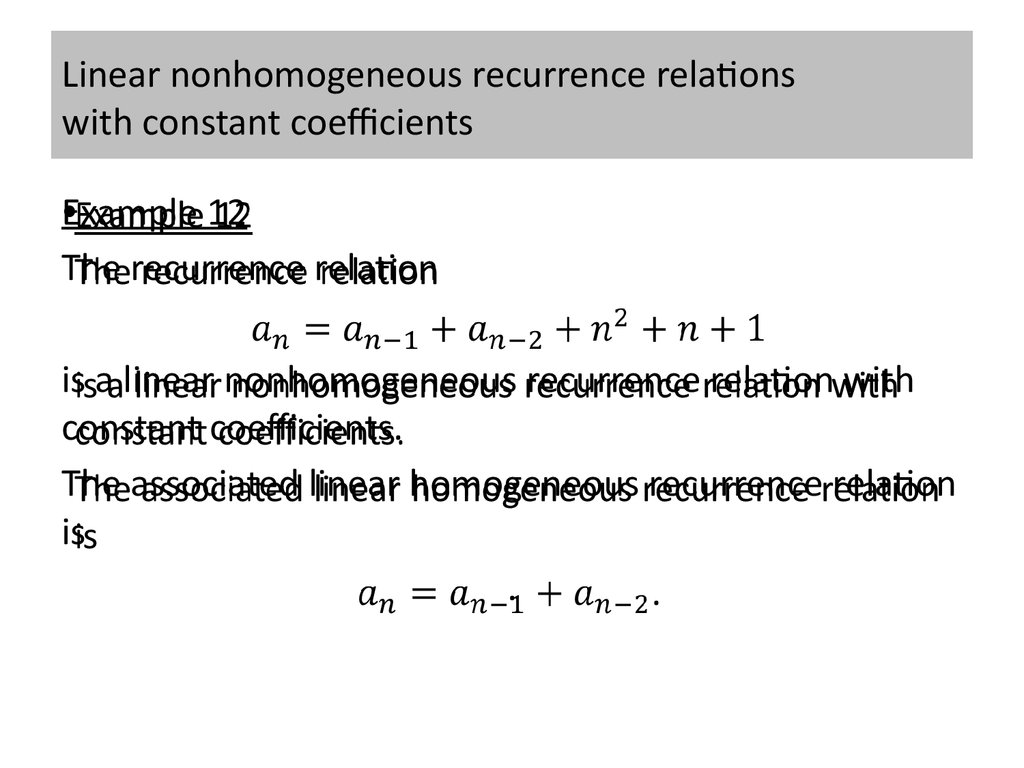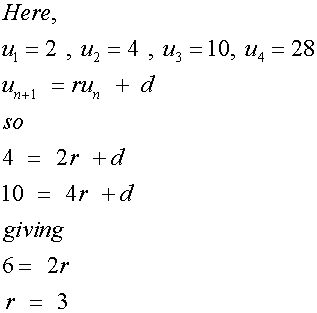

I will edit this post and add more content when I have more free time. Time complexity calculatorIn this article, we have explored Master theorem for calculating Time Complexity of an Algorithm for which a recurrence relation. Descriptions: User define a recurrence relation of their own, follow the definition in the app. Linear recurrences of the first order with variable coefficients. When the order is 1, parametric coefficients are allowed. To be more precise, the PURRS already solves or approximates: Linear recurrences of finite order with constant coefficients. You can then find the roots of the characteristic polynomial in order to solve the relation. I decided to create this project to test RecyclerView, View Model and Navigation component, as well as practicing Competitive Programming in Java. PURRS is a C++ library for the (possibly approximate) solution of recurrence relations.

To explore the differences in serum inflammatory factor levels among the three groups, the results showed that serum IL-1 (F 2.37, P 0.014) and IL-16 (F 4.40, P < 0.001) were significantly different. A recursive relation contains both the previous term f (n-1) and the later term f (n) of a particular sequence. If $p\left(n\right)$ is a polynomial with degree $r$, then this non-homogeneous recurrence can be reduced to a homogeneous recurrence by applying the method of symbolic differentiation $r$ times. The differences in serum inflammatory factor levels in the first-episode group, recurrence group, and control group were analyzed. The Recursive Sequence Calculator is used to compute the closed form of a recursive relation. The particular solution is then found based on the homogeneous solution and chosen to satisfy the initial values $u_0$ and $u_1$.Īnother method to solve a non-homogeneous recurrence is the method of symbolic differentiation. The homogeneous solution can be found using the roots of the associated characteristic polynomial equation. First-order non-homogeneous linear recurrences: guessing, iteration or telescopingĪ first-order non-homogeneous linear recurrence has the form $u_n=au_$ as a combination of the two previous solutions. Recurrences can be linear or non-linear, homogeneous or non-homogeneous, and first order or higher order. Generally speaking, you can solve any non-homogeneous linear recurrence relations with constant coefficients using several methods depending on the recurrence formula. Recurrences, or recurrence relations, are equations that define sequences of values using recursion and initial values.


 0 kommentar(er)
0 kommentar(er)
